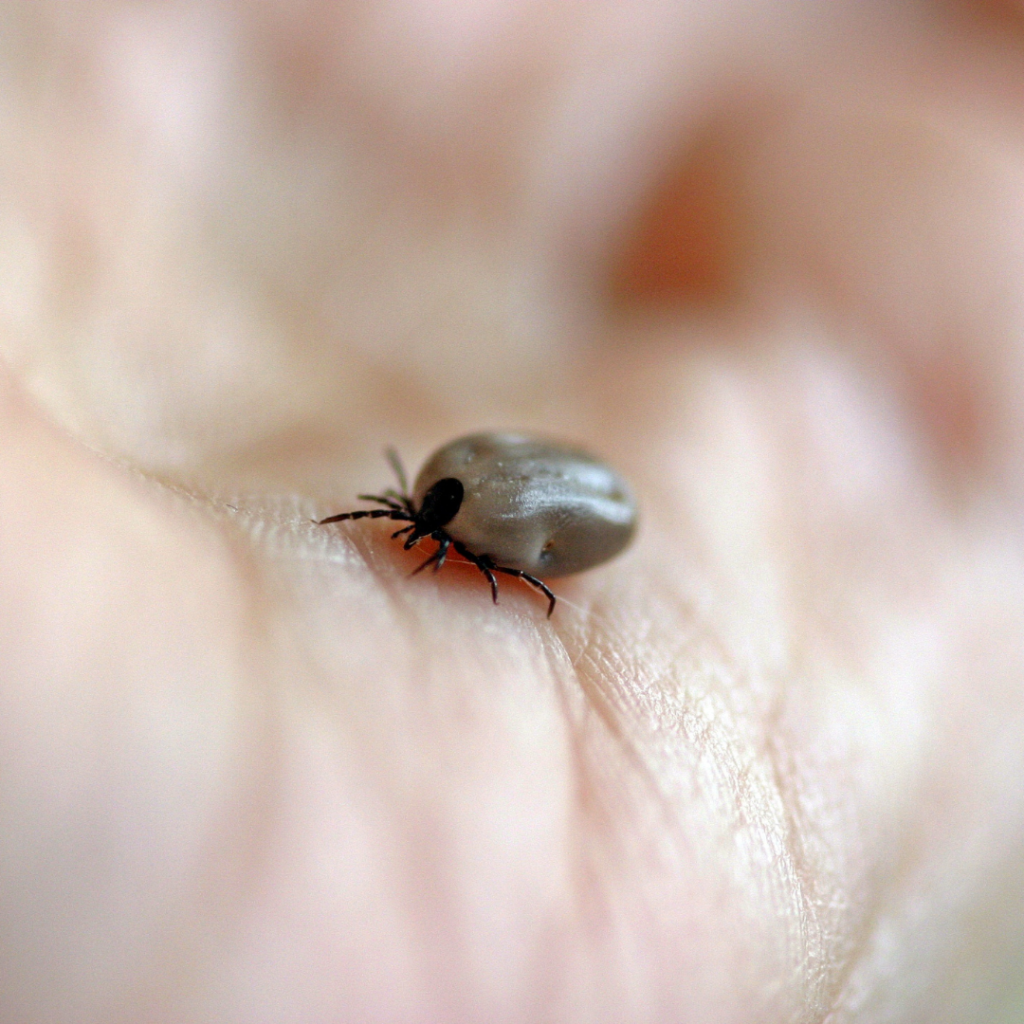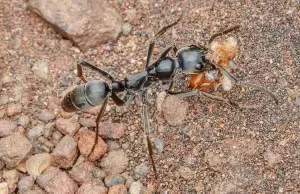Most of us in South Africa have come into contact with these 4-legged creatures at one point in our lives. Whether found on a beloved pet skin or crawling up your leg after a walk in the bushveld, it is usually only noticed once it has attached itself to the skin and has started feeding on your blood. No, I’m not talking about a vampire spider (although it is in the family of the arachnid). I am referring to a tick!
This creepy little parasite feeds by burrowing its tiny little head into the skin. Once its head is in the skin, it inserts a feeding tube through which enzymes travel to numb the skin and thin the blood for easy food access.
It is through this feeding tube that the tick also transfers diseased microorganisms which infect the host and cause negative reactions. For example, the Crimean-Congo Haemorrhagic Fever or as we know it – tick bite fever.
So, how do we avoid tick bites?
- Knowing where to expect ticks and preparing your clothing for those areas, or avoiding those areas: ticks like to live in long grass. If you are observant, you can often look on the ends of tall grass blades where the ticks wait to jump onto their next prey.
- Limit skin exposure by wearing long pants that can be tucked into socks or boots when walking through the bush.
- Wearing closed shoes when walking in high-risk areas.
- Treating your clothing and backpacks with an insecticide spray that contains Permethrin.
- Researching the area. Know if the area is a high-risk region or not.
- Inspecting your clothes and body immediately after potential exposure.
- Treating your pets with preventative products recommended by your vet.
- Having a treatment plan in place for your garden.
What do you do if you have been bitten?
- The tick should be removed from your skin as soon as possible.
- Using sterilized tweezers, place the grips as close to the skin as possible, trying to catch the mouthparts of the tick.
- Pull slowly, strait up and out. Take care not to squeeze the tick’s stomach contents onto the bite site. Also, try not to twist the tick as this could cause the mouth parts to break off in the skin.
- Clean the bite area with rubbing alcohol.
- Dispose of the tick by flushing it down the toilet or putting it in alcohol.
How do you know if you have tick bite fever?
- Signs of tick bite fever only start showing 8 days after exposure.
- Symptoms include a rash, high fever, muscle pain, cold sweats and headaches.
- Bruising and nosebleeds could occur at later stages.
- The bite site will develop black scabs which can result in open wounds.
Always seek medical treatment as soon as you suspect that you could have tick bite fever. Doctors will run tests to make a diagnosis and may prescribe anti-biotics.
A professional and reputable pest management company should be consulted if you suspect that there may be ticks in your garden. A garden tick treatment plan should be implemented as soon as possible to stop the breeding cycle and possible infestation.





